Overview of zucchini diseases and pests
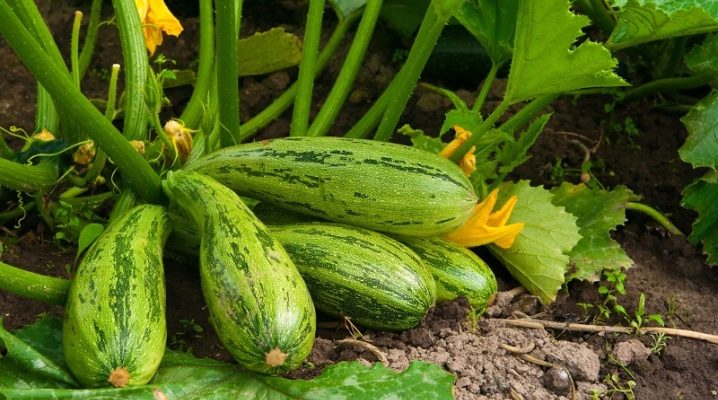
Any vegetation is very badly affected by harmful insects and diseases. It is they who can cause the appearance of barren flowers, rot, drying out and the final death of the culture, and this applies not only to already adult plants, but also to seedlings.
In this article, we will provide detailed descriptions of diseases, talk about insects that most often precipitate zucchini, as well as how to deal with all this.
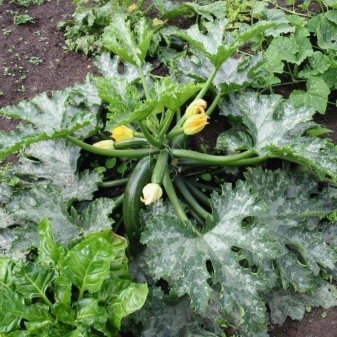
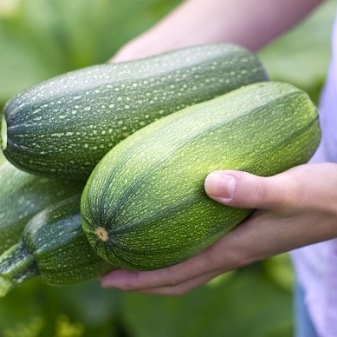
Diseases and their treatment
Powdery mildew
This is the most common disease of courgettes and any melons in general. Powdery mildew is a fungal disease that develops especially actively in conditions of high humidity of air masses and with a lack of water. A characteristic feature of this disease is a white coating that covers the leaves of the squash. At first, it appears as small white spots, which gradually begin to grow more and more, over time, covering the entire leaf. Subsequently, the affected leaves begin to fade and die off. The plant itself also suffers: it begins to noticeably lag behind in development, grows worse.
You can fight this disease. In order to prevent its activation for the next season, it is recommended to arrange a high-quality digging of the soil in which the culture previously grew. At the same time, it is important to get rid of weeds and old foliage - this is where a fungus can live, which, after overwintering, will appear the next season. If your plant is sick, then in such a situation it is recommended to use colloidal sulfur. In addition to it, fungicidal agents will also be suitable to combat powdery mildew. So, the most effective zucchini can be treated with "Fitosporin" or "Alirin".
You can learn how to use them correctly from the instructions, which are located on the packaging of the product.
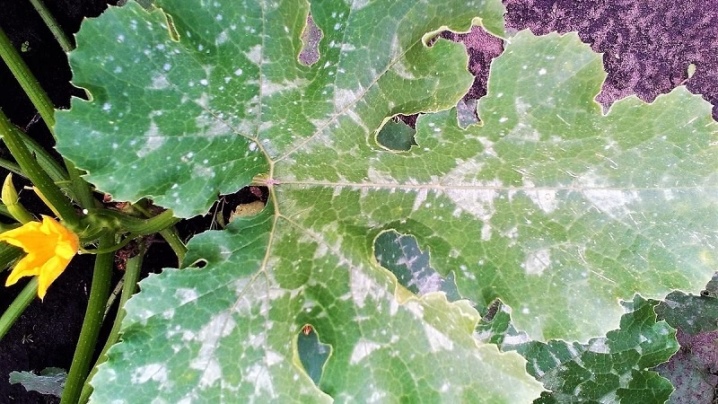
Vertex bacteriosis
The disease that provokes the yellowness of zucchini is called apical bacteriosis. Usually, this disease is caused by improper crop growing conditions, as well as unfavorable weather conditions. The cause of apical bacteriosis can be high humidity and poor circulation of air masses between plants.
This disease is typical for both young plants and old ones. If you start it, then the zucchini ovaries will begin not only to turn yellow, but also to rot. In this case, the disease will also affect the fruits of the squash: they will noticeably inhibit development, become deformed, and subsequently dark spots will appear on them. It will not be possible to treat the disease with special drugs. To get rid of it, the plant needs to be properly cared for.

Downy mildew
This disease is also referred to as peronosporosis. Another infection that is activated during a period of too high humidity or when watering a crop with cool water. A characteristic feature of the disease are spots with a yellowish color. The disease progresses and they change their color to serous or brownish. Often such specks are as if sprinkled with a serous bloom. Affected squash foliage looks as if it has been burnt. Over time, it simply dries up.
If you notice signs of illness in your zucchini, then the first thing to do is to stop watering the crop. Next, you need to purchase a special preparation, for example, Bordeaux liquid, "Consento" or "Abiga-Peak". Spray the plant with one of them.If a cold snap is observed, then, in addition to spraying, the plants also need to be insulated, which can be done with the help of non-woven material - agryl, lutrasil or spunbond are perfect for this.
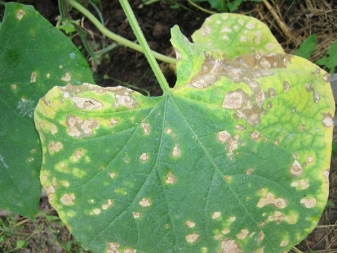
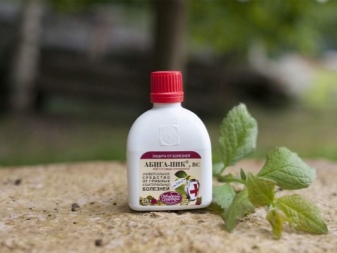
Anthracnose
This disease is activated, as a rule, during the growing season or closer to harvesting. It is usually provoked by frequent watering at elevated temperatures. Especially often this disease affects plants that are grown in greenhouse conditions. In zucchini growing in the open field, it is much less common. A characteristic feature of this disease is spots, which are usually rounded, dark yellow in color and slightly blurred edges. Such spots very actively increase in size, subsequently beginning to occupy almost the entire leaf. Over time, they begin to turn brown.
The disease also affects the stems of the plant. Elongated spots, covered with a yellowish or brownish coating, begin to form on them. The zucchini themselves also suffer from this: they begin to wrinkle, become less elastic, rot, and taste bitter. In order to prevent the occurrence of this disease, it is recommended to water the culture mainly in the evening, while avoiding waterlogging of the air masses. If the plant does get sick, then in this case you will have to use special preparations - for this, Fitosporin, Trichoderma Veride or Agrolekar are perfect.
In addition, in order to avoid disease, the plant is recommended to be watered with warm water and sprayed with a solution of boric acid - 1-2 grams per 10 liters of water.
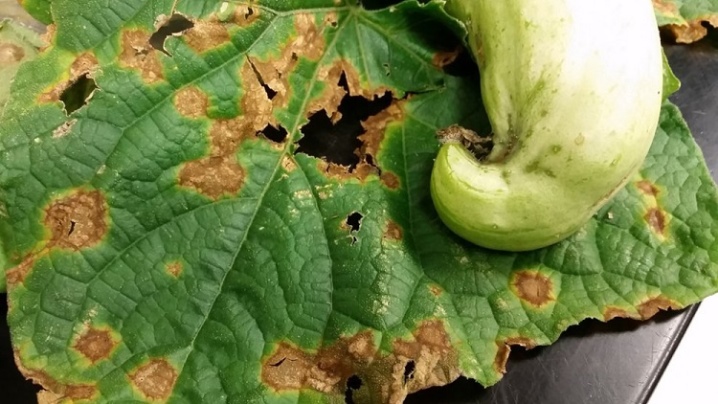
Fusarium
Another common disease characteristic of zucchini. First of all, Fusarium affects the roots of this culture, while pink and orange bloom can be seen on the root part. After this, the disease begins to gradually destroy the ground part, namely: foliage and stems. The affected parts of the culture begin to weaken - at first they turn yellow, and then dry and wither. Moreover, if you cut a squash shoot, you can see that its vessels began to turn brown. The disease must be fought immediately, since, having fallen ill, the plant can die and dry out literally in a matter of days.
If you managed to catch fusarium rot at the initial stage, then in this case you can resort to spraying the plant and soil around with wood ash, however, most likely, the effect of this will be small.
Ideally, it is necessary to deal with the improvement of the land in which the zucchini grows: for this it is necessary to sow green manure crops, apply fertilizers, observe crop rotation, and also eliminate weed crops in time.
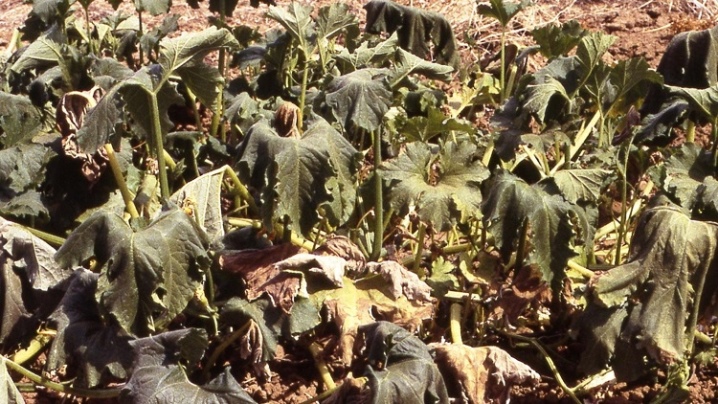
Rot
If we talk about rot, then most often it is the gray rot that affects the zucchini. It is triggered by a fungus. Its characteristic feature is a serous plaque that forms on the leaf. The disease progresses, and the plaque itself becomes to the touch like mucus, while the tissue of the culture begins to actively rot. It is worth considering that this disease should not be started in any case, since it develops at a tremendous speed.
It is necessary to treat the plant literally immediately, having previously got rid of its affected parts. It can be treated with special drugs. The most effective among them are such funds as, for example, "Topaz" and "Ridomil Gold". However, it is worth considering that it is recommended to treat gray rot only in the early stages, if the case is not neglected. If the condition of the plant is completely bad, then it is better to destroy it as soon as possible, otherwise there is a risk of contamination of healthy crops.
Besides, there are ways to avoid the occurrence of this fungal disease. So that it does not arise, it is necessary to grow zucchini in different places every season. If the cultivation takes place in greenhouse conditions, and the plant is sick, then the soil will need to be replaced with fresh soil.In addition, it is recommended to actively use phosphorus supplements, they can also help to avoid this disease. Often precipitated by zucchini and black rot. It manifests itself as follows: brownish spots appear on the terrestrial parts of the culture, which subsequently darken. At the same time, the zucchini themselves begin to rot and lag behind in development, and their tops turn yellow.
In order to prevent the spread of this disease, all affected plants must be removed from the site and burned.


Cucumber mosaic
This is a viral disease that is characteristic of all melons without exception. At the same time, the virus is very tenacious, it is able to endure winter in soil and weeds. After that, it is activated for the next season, and begins to actively affect the cultural plantings. This disease has the following symptoms: the foliage is covered with mosaic spots that have a yellowish, whitish or yellow-green tint, the leaf itself begins to deform and curl, its plate becomes more bumpy, the crop stops ripening, the internodes of the leaf become short.
This disease is actively transferred from plant to plant by harmful insects, such as aphids, ants, Colorado beetles, therefore it is necessary to fight first of all with them, as well as with weeds - it is on them that parasites usually live. For pest control, you can use folk remedies. In advanced cases, it is recommended to resort to harsher and more radical methods, namely: to the treatment with chemical preparations, in particular, "Aktara". If the disease still managed to hit your plants, then in this case you will have to remove all their affected parts, and this must be done as soon as possible, otherwise there is a risk of being left without a crop.

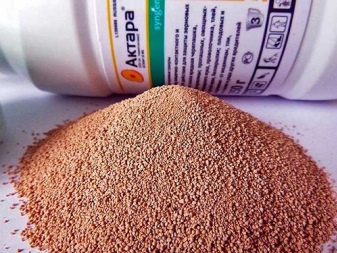
Pests and the fight against them
Harmful insects negatively affect cultivated plants. Not only are they the main carriers of various diseases, they also feed on plant juices, which also affects the culture not in the best way. So, among the pests of squash, spider mites are quite common. Usually it is placed on the bottom of the leaf plate, after which it will soon become covered with cobwebs. Subsequently, the leaf begins to dry, and the plant eventually dies.
You need to fight this insect as soon as possible, you can do this with an onion solution. - it is prepared from onions, passed through a meat grinder, and 10 liters of water, if desired, add a spoonful of pepper, a couple of tablespoons of ash or a spoonful of soap solution. The mixture must be filtered and then sprinkled with the plants. You need to carry out the procedure twice. The second time you need to spray the zucchini 6 days after the first treatment. Another common pest is the melon aphid. It is located on the lower part of the leaf plate; it can also be found in ovaries and on shoots. Those parts of the culture that were affected by aphids dry up, begin to curl up and eventually die off. The plant itself grows and develops poorly.
Often slugs, as well as snails, begin to attack the zucchini. These parasites can grow up to 10 centimeters in size. They live mainly in damp and shaded places, they are activated mainly at night and begin to infect cultivated plants. These pests eat leaves on seedlings, gnaw out the flesh of the squash, leaving behind unpleasant discharge. All this leads to the destruction of the crop, and also spoils its presentation. You can fight these parasites mechanically, that is, by collecting them with your hands, as well as with the help of copper sulfate.
Plants can also be protected with special grooves filled with needles or sawdust.
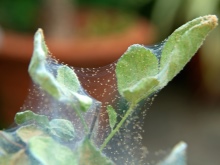
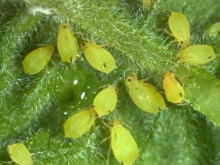
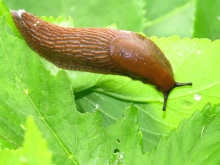
Prevention measures
Prevention helps to avoid many problems. So, first of all, you need to regularly inspect the plants in order to immediately detect parasites or symptoms of the disease. Do not forget about caring for crops: provide them with regular, but not too frequent watering, add fertilizers to the soil, eliminate weeds and old foliage. Do not break the rules of crop rotation, otherwise there is a risk of losing the crop completely.
Plants need to be periodically treated for prophylaxis - such treatments are necessary in order to scare off parasites. So, for this you can use self-prepared solutions - for example, based on iodine or ammonia, which must be diluted with water.
Do not make them too concentrated, otherwise there is a risk of harming the plantings.

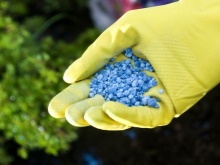














The comment was sent successfully.